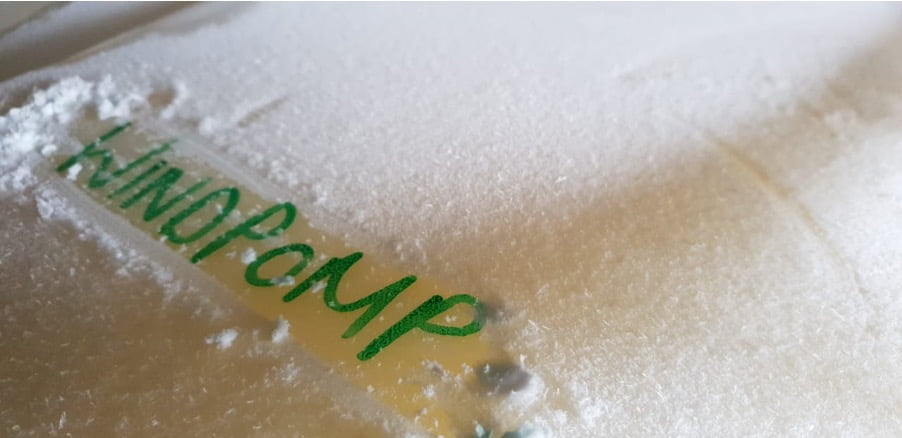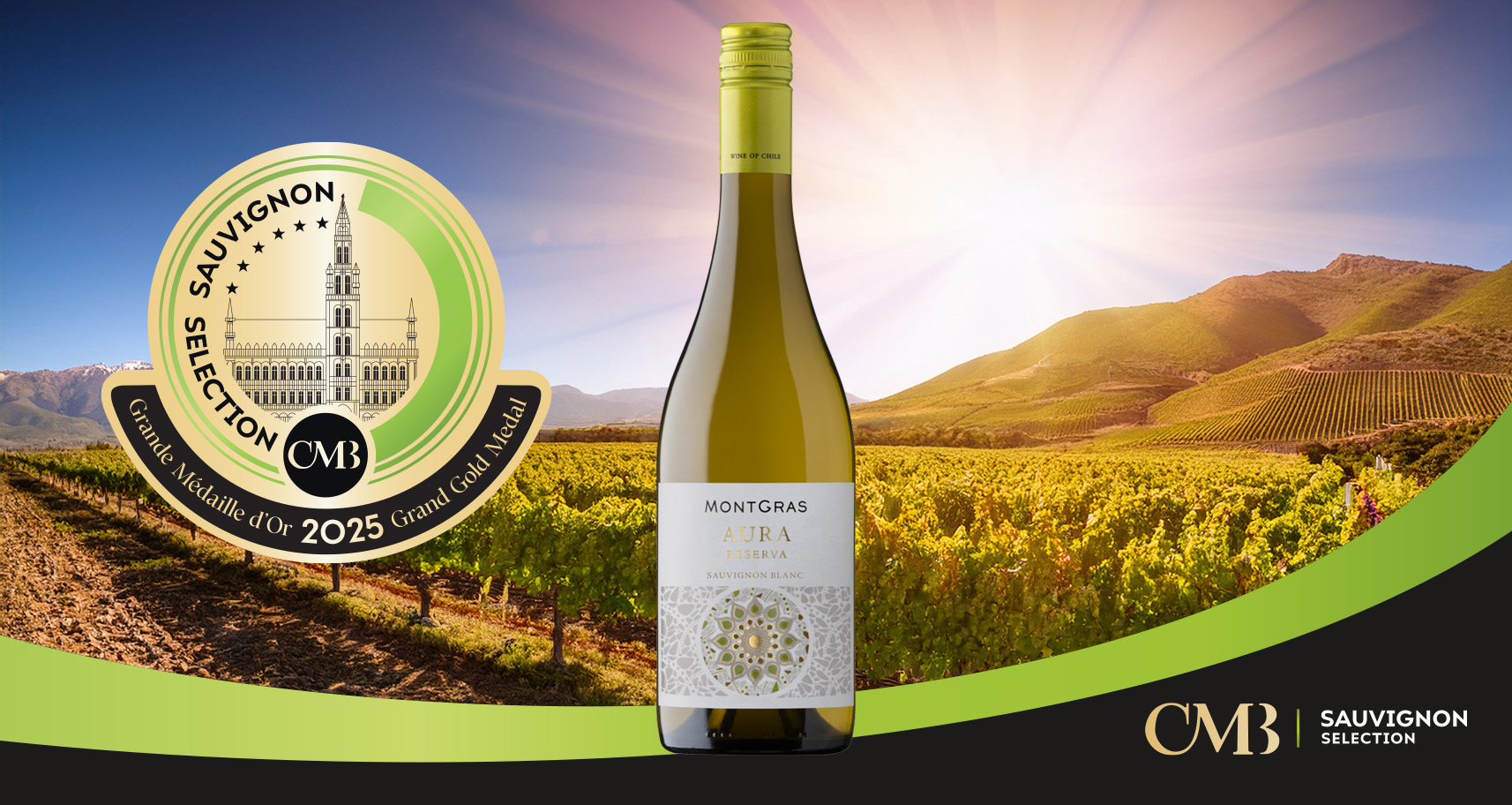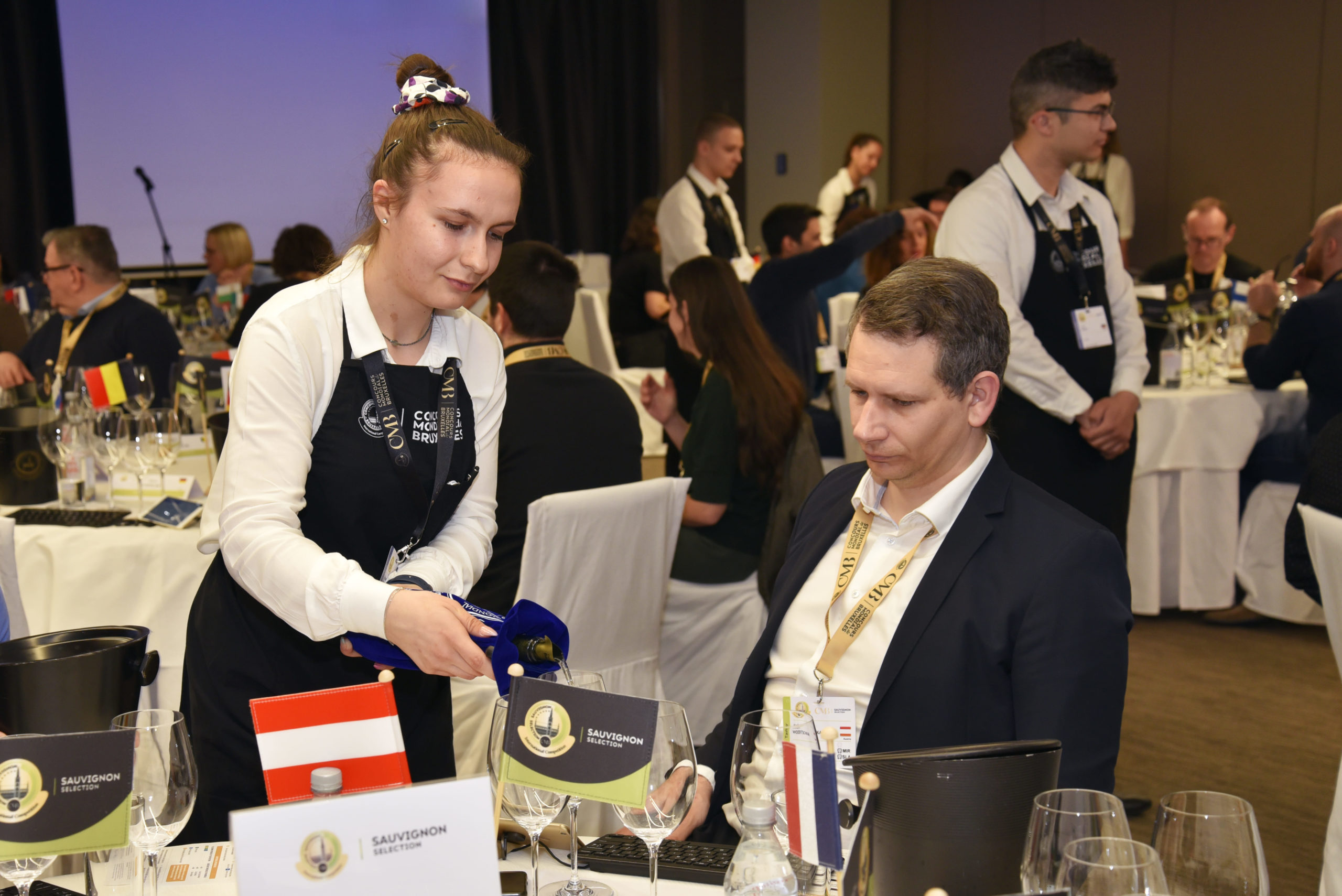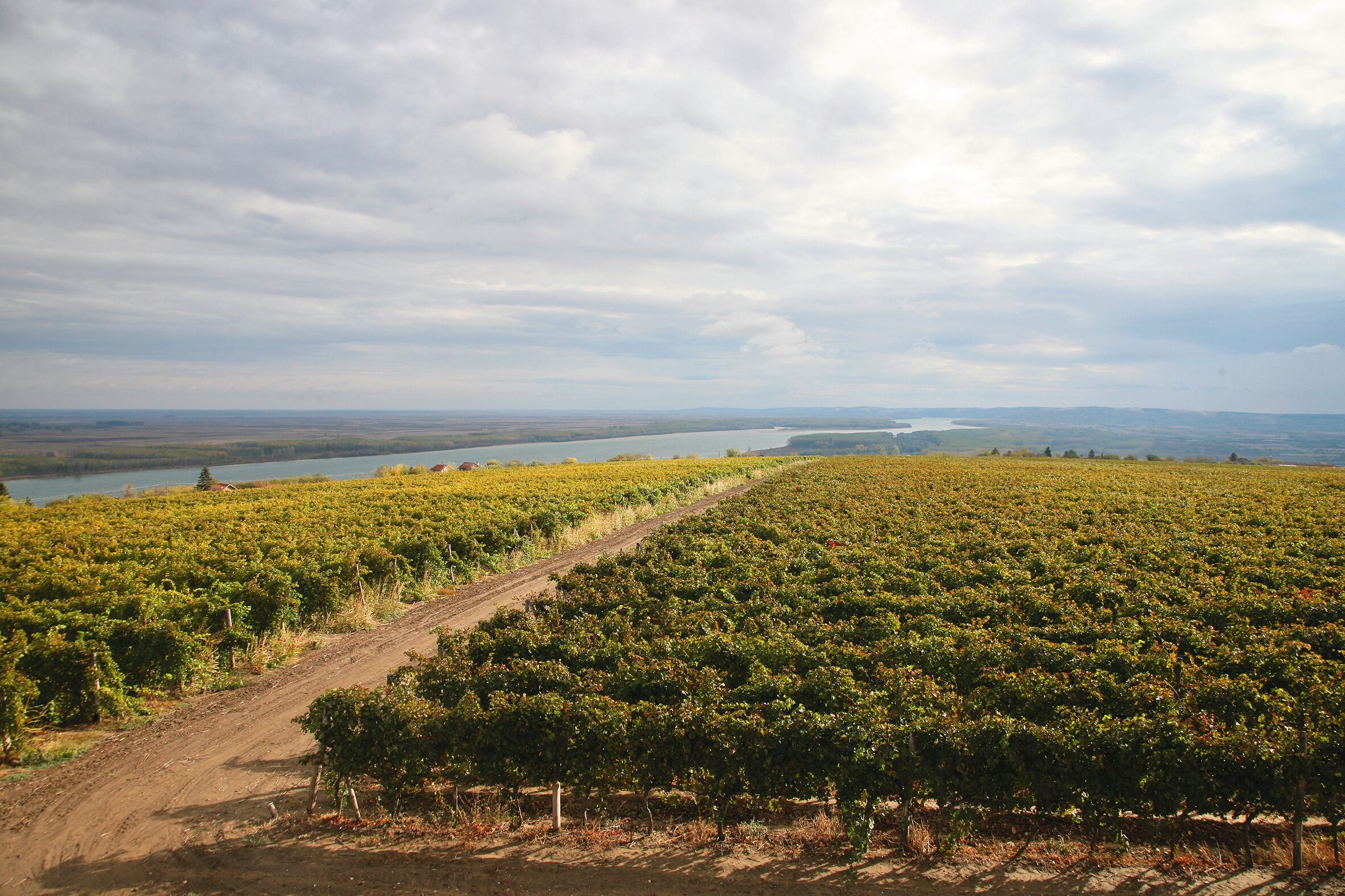Winter fermented Sauvignon Blanc – Innovation giving South African wineries an edge
Winter fermented Sauvignon Blanc – Innovation giving South African wineries an edge
Fresh aromatics are among the most sought-after qualities in wine. In South Africa, some wineries have taken the quest for freshness literally, by freezing the juice. Consultant oenologist and researcher Dr. Carien Coetzee explains how successful they have been.
In 2017, Diemersdal Wine Estate turned the South African wine industry on its head with a revolutionary wine made from frozen Sauvignon Blanc juice. Machine-harvested grapes were pressed and the juice placed in plastic tanks before being placed in refrigerated shipping containers. After four months the frozen juice was gently thawed in the winter sun after which fermentation and vinification took place as normal in the quiescent cellar. The winery fittingly named the wine the Winter Ferment Sauvignon Blanc.
“It began as an experiment, but after only two vintages the Winter Ferment is proving to be one of the most lauded wines in Diemersdal’s Sauvignon Blanc offering,” says Thys Louw, Diemersdal’s owner-winemaker. The result? A wine with intense aromas of gooseberries, guava and sweet grapefruit with a core of minerality. Besides the intense fruit expression, the natural acidity creates balance to the concentrated, rich mouth-filling texture. Louw describes the wine as the most “New World style of Sauvignon Blanc” he has made.
What started as a quest for optimum tropical fruit expression combined with freshness and complexity resulted in a wine with unexpected high concentrations of volatile thiols when compared to the non-frozen counterpart. Volatile thiols are powerful aroma compounds responsible for attributes such as guava, passion fruit, grapefruit and tomato leaf and are especially prevalent in Sauvignon Blanc wines. “For reasons unknown, the wine is showing flavours and chemical analyses I have never encountered in any of the Sauvignon Blanc wines made at Diemersdal,” says Louw, who has been making Sauvignon Blanc at Diemersdal since 2005.
The impact of the duration and stage of freezing
In 2019, a research group in Australia tested the effects of freezing Sauvignon Blanc grapes and juice on the wine composition and quality1. Results showed that the cryogenic winemaking had a significant effect on the wine composition, specifically the concentration of volatile thiols. Compared to the wines fermented directly after crushing, the wines made from frozen grapes and/or juice resulted in up to 10-fold higher volatile thiol concentration and therefore a higher aromatic intensity. Currently, another extensive study, led by South African researchers and funded by industry-body Winetech, is underway to investigate the effect of factors such as duration of freezing and the stage of freezing (grapes vs turbid juice vs clear juice). Results from this study will enable the industry to apply optimal freezing conditions and help to identify the mechanisms responsible for the increased thiol content.
In the meantime, Diemersdal’s Winter Ferment is turning out to be one of South Africa’s most awarded Sauvignon Blanc wines after only three vintages on the market with, among others, three consecutive FNB Top 10 Sauvignon Blanc awards as well as a gold medal at Concours Mondial du Sauvignon in 2019 and a silver in 2020. Other than the success achieved at wine competitions, the Winter Ferment has been an instant hit with consumers. The appeal appears to lie in the palpable expressive tropical characters (thiol elements). This is underscored by the story behind the Winter Ferment – the production of wine using an innovative winemaking technique such as freezing and thawing of unfermented juice grabs the imagination of the consumer, and adds some extra magic to the sensory experience.

Frozen juice destined for the Winter Ferment
How winter fermentation is opening up a whole new world for Sauvignon Blanc
Other wineries have followed suit or have even been using similar techniques for some time, though often use the wine as a blending component or might just bottle it under their “usual” label. The technique can have added benefits of streamlining cellar logistics and enables the producer to release a fresher wine on the market later in the year. The most potent volatile thiol compound (of the three) is 3-mercapto-hexyl acetate (3MHA) and is notoriously known for being highly unstable due to natural hydrolysis over time, leading to a significant decrease of the aromatic intensity relatively quickly after the completion of fermentation (when the compound is formed). The advantage of releasing a fresher wine in between harvests will increase the prevalence of this sought-after character on the shelf when some of the other fruit-driven wines have already lost some of the 3MHA and fruit potency.
Diemersdal was one of two finalists in 2018 Winery Innovator in the International Wine & Spirits Competition and keeps on pushing the envelope when it comes to Sauvignon Blanc. “The Winter Ferment opens a new world of complexity and depth to the lover of this grape variety. Unlocking the potential of Sauvignon Blanc and showing what this grape can do is an integral part of Diemersdal’s ethos. We don’t know what we’ll try next, but if there is an opportunity, we’ll take it. As the Winter Ferment has shown, the possibilities in the wine world are endlessly exciting.”
Disclosure statement: Dr Carien Coetzee assists Diemersdal in improving its technical and scientific capabilities with a focus on its range of Sauvignon Blanc.
(1) Chen, L.; Capone, D. L.; Nicholson, E. L.; Jeffery, D. W. Investigation of Intraregional Variation, Grape Amino Acids, and Pre-Fermentation Freezing on Varietal Thiols and Their Precursors for Vitis Vinifera Sauvignon Blanc. Food Chem. 2019, 295, 637–645. https://doi.org/10.1016/j.foodchem.2019.05.126.


